Here are some common tricks and simple yet effective ways to counter them, helping you become a savvy and smart shopper.
1. Selling dead seafood as live
This trick is often used with shrimp and crab. Sellers mix live seafood with dead ones to sell together. The dead ones usually sink to the bottom, so they will use a shovel to scoop deep and “accidentally” put both dead and live crabs and shrimp into the bag for customers. If you’re not careful, you’ll end up buying seafood that is no longer fresh.
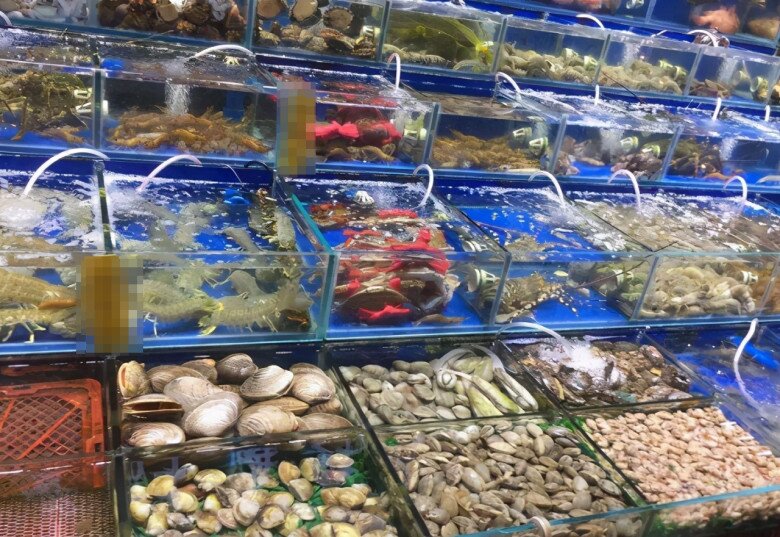
How to deal with it: Observe carefully before buying, and if possible, request to choose each one individually. It is preferable to go to a place that allows direct selection.
2. Weighing the water, “one package of seafood, two parts water”
Many types of seafood, such as clams, mussels, and cockles, are often soaked in water. When weighing, the seller does not drain the water and includes the water that is left in the package. As a result, you may end up paying for 2-3 ounces of water without realizing it.
How to deal with it: Bring a small pair of scissors or a knife. After the bag is sealed, gently cut a small hole at the bottom to drain the water before weighing. If possible, ask the seller to drain the water before charging you.
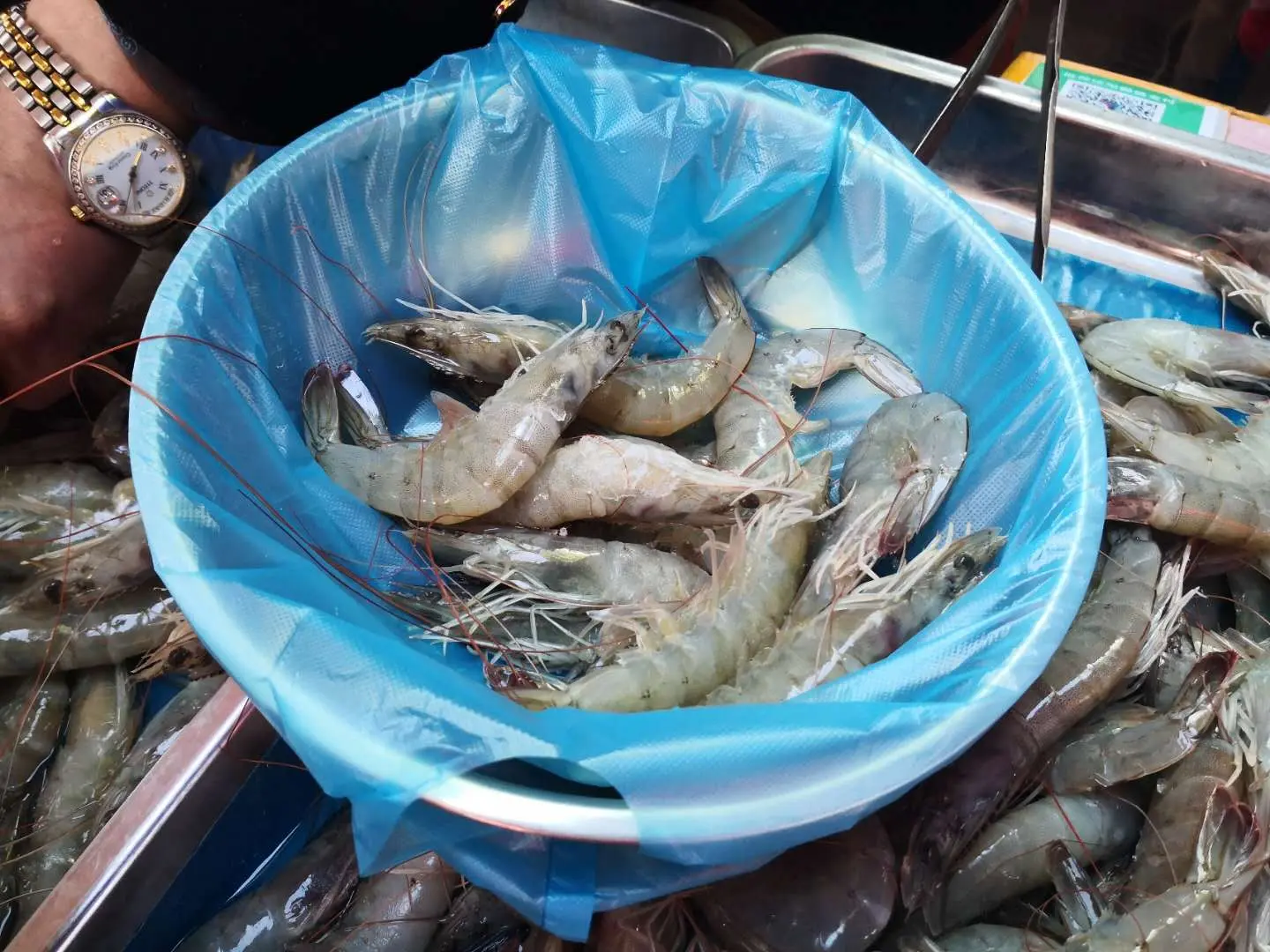
3. “Underweight”
In some unreliable shops, sellers may use inaccurate scales. It looks like you’re getting the right amount, but in reality, it’s lighter by 1-2 ounces, making you pay more for less.
How to deal with it: Buy from places with a verification scale (a publicly displayed scale for customers to check), such as large wholesale markets, supermarkets, or familiar shops. If you suspect foul play, don’t hesitate to verify the weight.
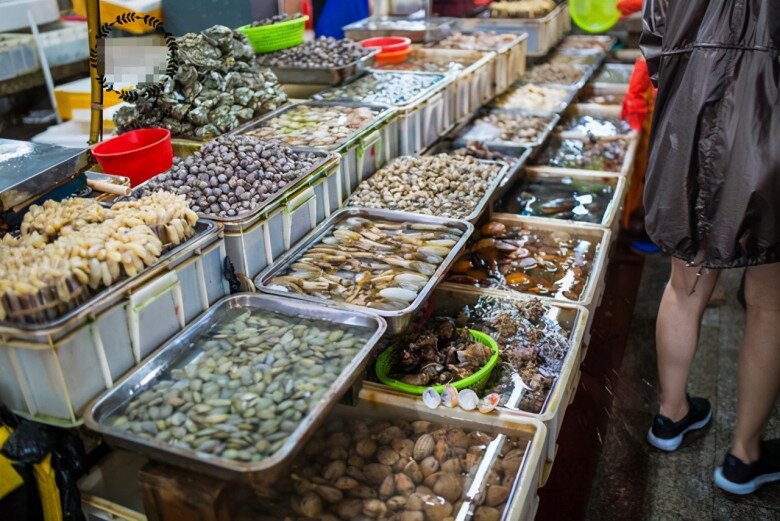
4. “Switching” after customer selection
After customers choose fresh seafood, some sellers will switch it with lower-quality seafood that they have prepared in advance in thick, opaque bags. If you don’t inspect carefully, you may only realize this too late.
How to deal with it: Request that the seller seal the bag in front of you, putting the seafood in the bag as you choose it. Avoid giving the seafood back to the seller after you’ve made your selection.
How can you buy seafood that is both delicious and fairly priced?
In addition to avoiding the above tricks, you can also keep in mind the following tips to feel more confident when shopping:
– Prefer buying from wholesale markets or reputable supermarkets
Seafood from traditional markets or local markets has often changed hands many times. Wholesale markets or large supermarkets, on the other hand, can guarantee freshness, clear weight, and less price manipulation, even if the price is slightly higher.
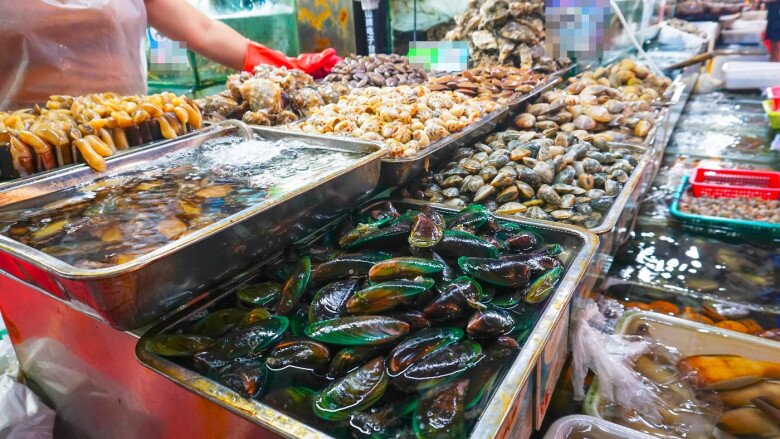
– Take a tour and ask for prices before deciding to buy
Don’t rush to buy as soon as you see something you like. Take a tour of the entire market and ask for the prices of the items you need to get an idea of the market price, and then choose a place with reasonable prices and the best quality.
– Appear to be a “knowledgeable” customer
When buying, you can use the common names of seafood (for example, “milk crab,” “Spanish mackerel,” or “shrimp”), and ask about their origin: “Where is this seafood from?” Sellers will usually be more cautious and less likely to cheat when they sense that you are a “food connoisseur.”
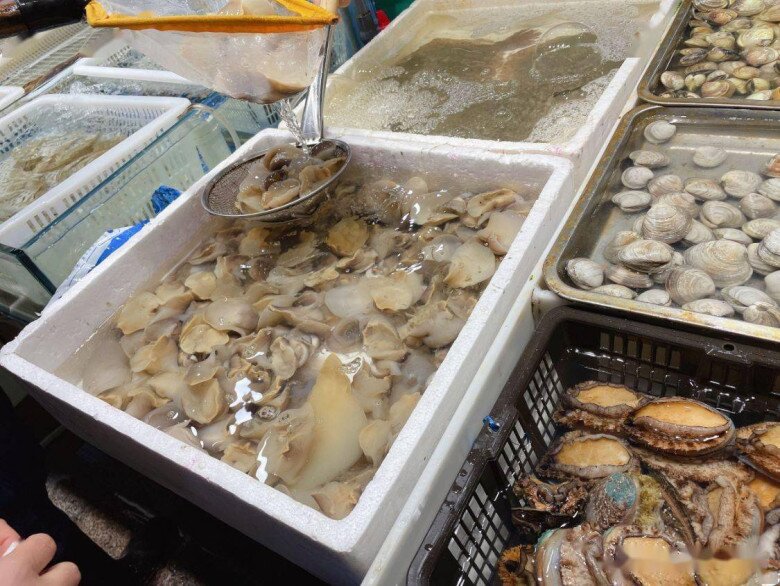
Shopping for seafood doesn’t have to be difficult, but it requires a bit of awareness and some tricks to avoid being overcharged. With the above experience, hopefully, you will feel more confident when choosing seafood for your family’s meals, ensuring both delicious and safe options at fair prices.

































